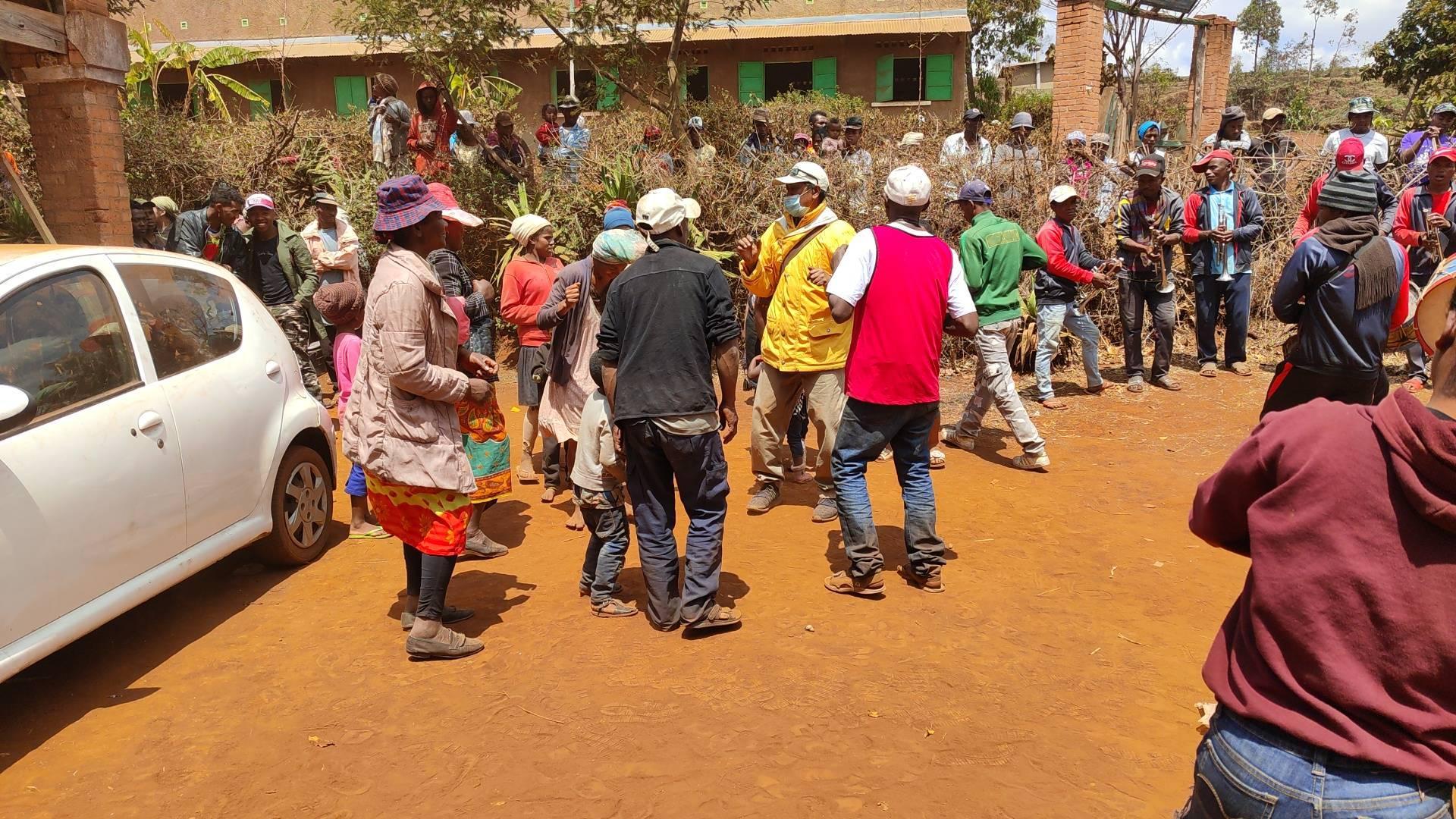Madagascar, the cradle of a rich culture, evokes a number of ritual ceremonies. Discover these customs and traditions. They occupy a central place, testifying to the cultural essence of the island. During your trip, explore the different facets of these ceremonies to help you understand them.
So what are Madagascar’s customary solemnities and secrets?
The Tromba :
Tromba, the Malagasy cultural form, is a rite of communication with the dead. A medium (mpanandro or mpisikidy) makes contact with the ancestors and conducts the ceremony. He puts himself in a trance with them, accompanied by song, dance and sacrifice. Housed in a special « trano tromba », the tromba embodies the invocation and welcomes the spirits. Custom and practice vary from region to region. The Tromba focuses on requests, healings, prayers, blessings and predilections, and attributes social and religious influence. Spirits can also give advice, solve community problems or foretell the future.
The Fitampoho :
The Fitampoho or Royal Bone Bathing of the Menabe, perpetuated to this day. A tradition rooted in the Menabe sakalava on Madagascar’s west coast, it takes place every ten years. The event takes place on a sandy islet near the town of Belo, along the Tsiribihina River. Relics immersed in water at the backs of participants re-enact vivid episodes in the kingdom’s history. The week-long ceremony culminates on the last Friday, when the relics are bathed. This symbolic aspect reiterates the alliance between the dynasty and the first residents of the territory.
The Sambatra :
The Sambatra, or « collective circumcision », is an exceptional event for the Antambahoaka of Mananjary. Occurring every seven years, it celebrates the journey of the first ancestor from Mecca to Madagascar. All boys born in the last seven years are circumcised to integrate them into the Antambahoaka caste. The sambatra also celebrates the power of the Ampanjaka (rulers), and reconciliations are held in the event of conflict. During processions, taboos must be respected, such as the wearing of black clothing, sandals or shoes on sacred ground. Women braid their hair, men wear long sleeves and no beards. A showdown between the father of the child to be circumcised and his uncle takes place several days before the event, known as « tora-sitona ».
Beef sacrifice :
Beef sacrifice is a ritual practiced at celebrations such as funerals and ancestral feasts. It establishes a connection between the material and spiritual worlds. It is an act of thanksgiving to the spirits. The blood of scarification is synonymous with reset for the Malagasy.The removal of karmas likely to weigh on a person, a group, even the nation is possible through this ritual. The ox must be flawless and in good health. Family members, the village chief and the religious leader all take part in preparing the ritual. The ceremony often takes place in a dedicated space, such as a sanctuary or ancestral place of worship. Dances, prayers and songs guide the sacrifice.







